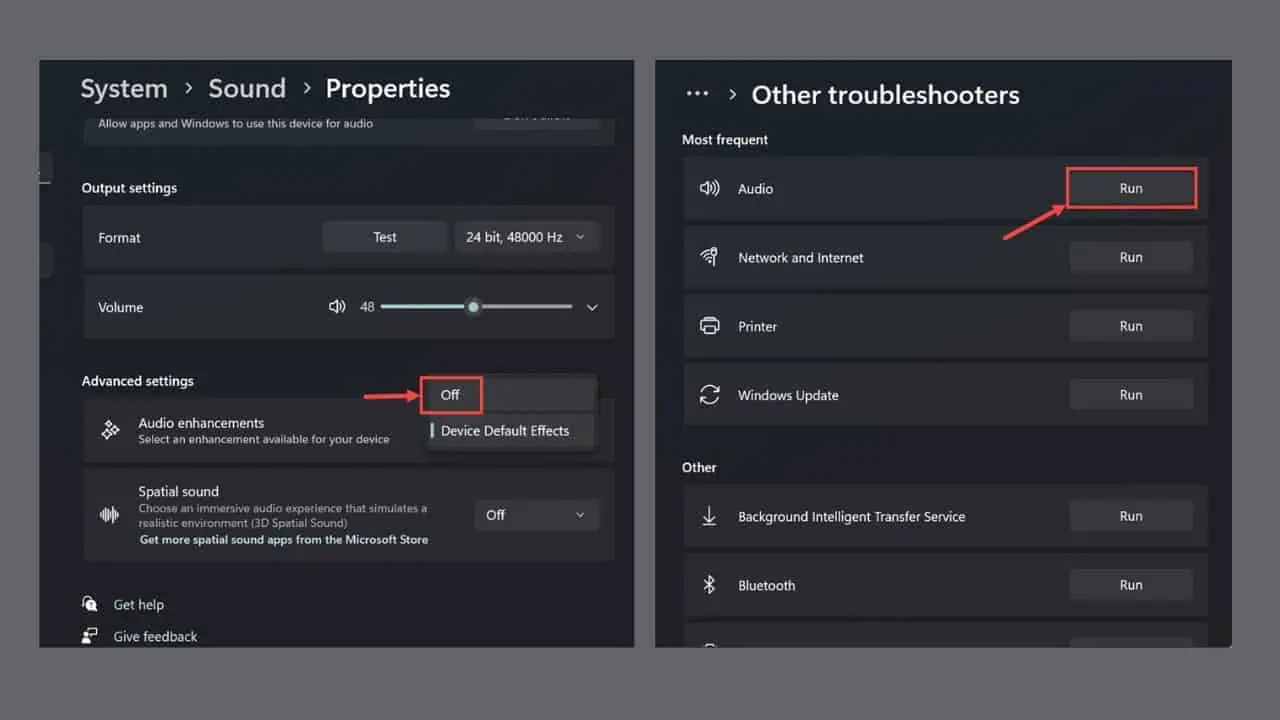IDC expects Windows Phone to hit 0.0% market share in 2021
4 min. read
Published on
Read our disclosure page to find out how can you help MSPoweruser sustain the editorial team Read more

The IDC has released their 5-year prediction for smartphone market share today, and it does not read too optimistically for Windows Phone, predicting further loss of its already minuscule market share, despite a growing smartphone market.
Of course regular readers would know IDC’s reports tell you are about the current trend than what would actually happen in the future, but then the trend for falling Windows Phone market share is not new and pretty well established.
The IDC writes:
Windows Phone continues to decline as a share of the smartphone space as many OEMs have given up producing phones for the platform. As a result, IDC expects 2017 volumes to decline 69.5% to just 1.8 million units. It is unclear at this time if Microsoft has a clear plan to persuade OEMs to get back on board with the platform, or if it plans to release a device itself like it did with Surface devices. Until this production question is addressed, IDC doesn’t see a clear path to turning around the platform.
Regarding the other two mobile platforms they write:
Android: For Android the biggest markets driving volume continue to be the Middle East & Africa (MEA), Central & Eastern Europe (CEE), and Asia/Pacific (excluding Japan)(APeJ) with average selling prices (ASP) in the $150-$200 range. In more mature markets like North America and Western Europe, the ASP can be as much as double, which is a big reason many device OEMs are launching flagship models in these markets first. Additionally, as more and more Android OEMs figure out ways to produce large screen smartphones at a very low cost, IDC expects phones with a display of five inches and greater to grow from 75% of Android shipments in 2016 to 91% in 2021.
iOS: Apple continues to do roughly 50% of its iPhone volume between North America and Western Europe, but Asia/Pacific (excluding Japan) continues to grow as a share of Apple’s volumes mainly driven by continuous demand in China. That region accounted for roughly 30% of 2016 iPhone shipments and is expected to grow to about 36% in 2021. As previously mentioned, IDC believes 2017 will be a turnaround year for iPhone volumes with shipments expected to grow 4.9% over 2016.
The IDC expects worldwide smartphone growth to rebound after a slow few years, but with shipment volume growing only 4.2% in 2017 and 4.4% in 2018 with a compound annual growth rate (CAGR) of 3.8% over the 2016-2021 forecast. They forecast shipments to reach 1.53 billion units in 2017 and grow to 1.77 billion in 2021.
“We continue to get questions about longer smartphone life cycles given the number of markets with high penetration levels, but so far we are not seeing any trend in this direction,” said Ryan Reith, program vice president with IDC’s Worldwide Quarterly Mobile Device Trackers. “When you break down the market you have many different trends occurring. In some low-cost markets like China, we are beginning to see users gradually buying up to a more premium device. This is likely caused by poor satisfaction from previously owned devices and demand for better feature sets. And in mature markets, the premium space is as competitive as ever. This is illustrated by the number of high-end smartphone announcements at MWC this week.”
“Despite the moderate 2.5% growth in 2016, phablets displayed 49% year-over-year growth as consumers continue to flock to big-screened devices in both emerging and developed markets,” said Anthony Scarsella, research manager with IDC’s Worldwide Quarterly Mobile Phone Tracker. “Phablets will undoubtedly be the main force driving the market forward thanks to an abundance of feature-rich devices in both the premium and entry-level segments. Total phablet shipments worldwide are expected to reach just under 680 million units by 2021, resulting in a compound annual growth rate of 9.2% for 2016–2021. In comparison, regular smartphones will grow at a rate of just 1.1% during the same period, proving perhaps that bigger may be better, or at least more popular when it comes to smartphones.”
As a Microsoft site our outlook on Windows Phone is equally murky. It is clear that Microsoft is concentrating on LTE-enabled Windows 10 laptops, some of which would run on ARM chips, and there is some speculation that the new Microsoft shell would allow full Windows 10 PCs to be equally at home on a small phone-sized screens as Mixed Reality Headsets as big desktop PCs. Microsoft may be in the process of creating a new category, in the same way the Detachable tablet market is largely Microsoft’s creation.
What do our readers think the future holds for Windows phones? Let us know below.
The report can be read here.










User forum
0 messages